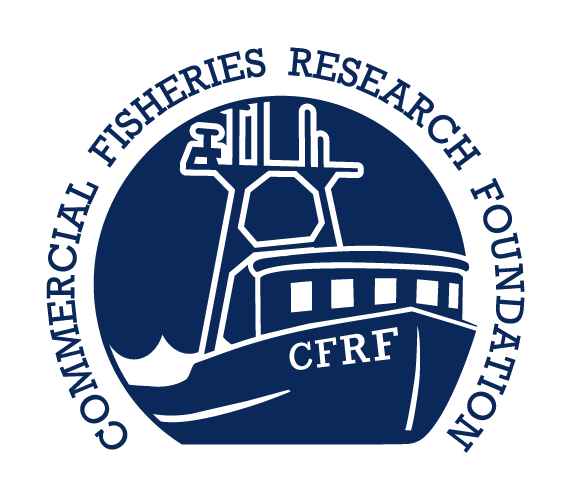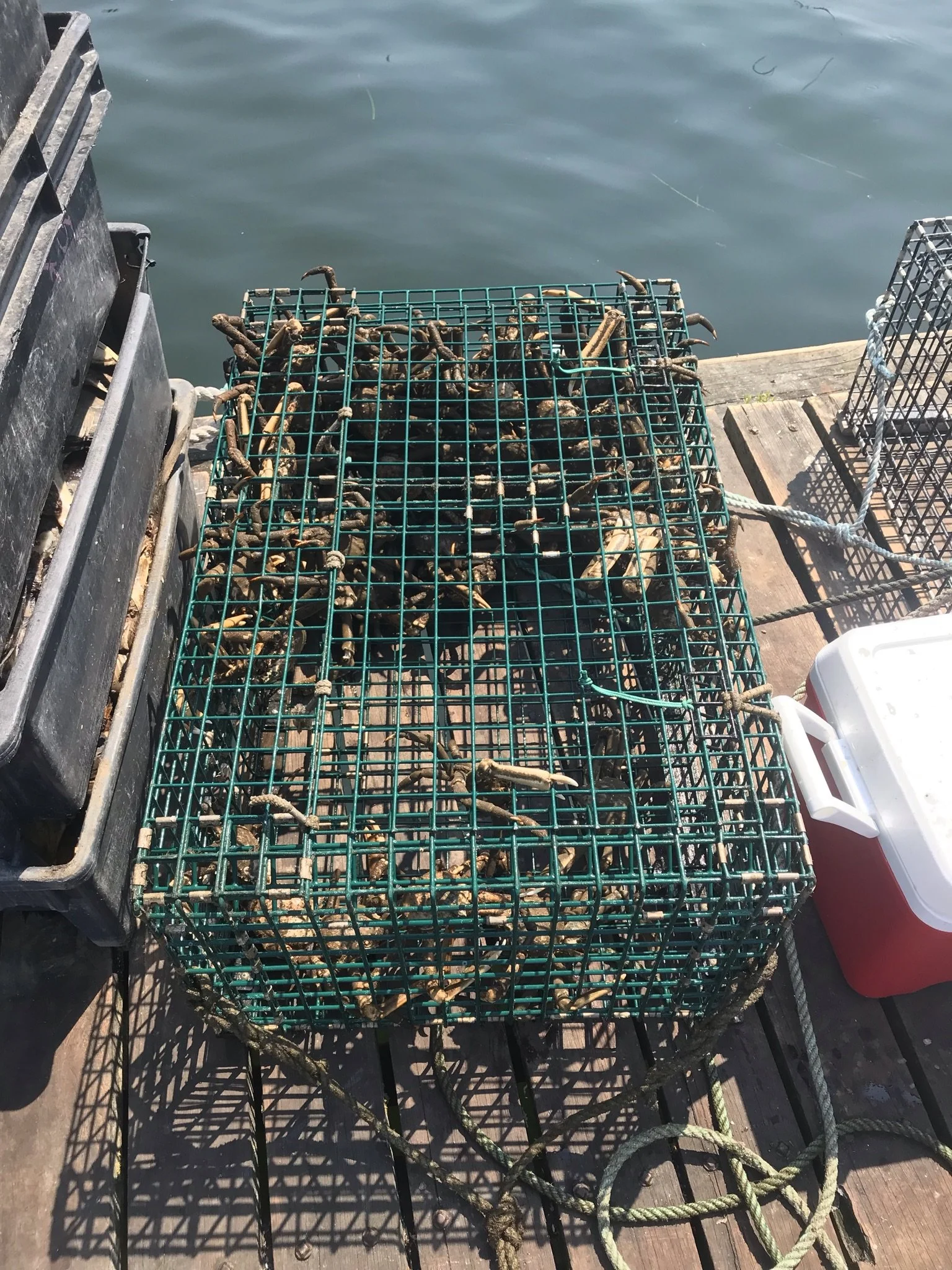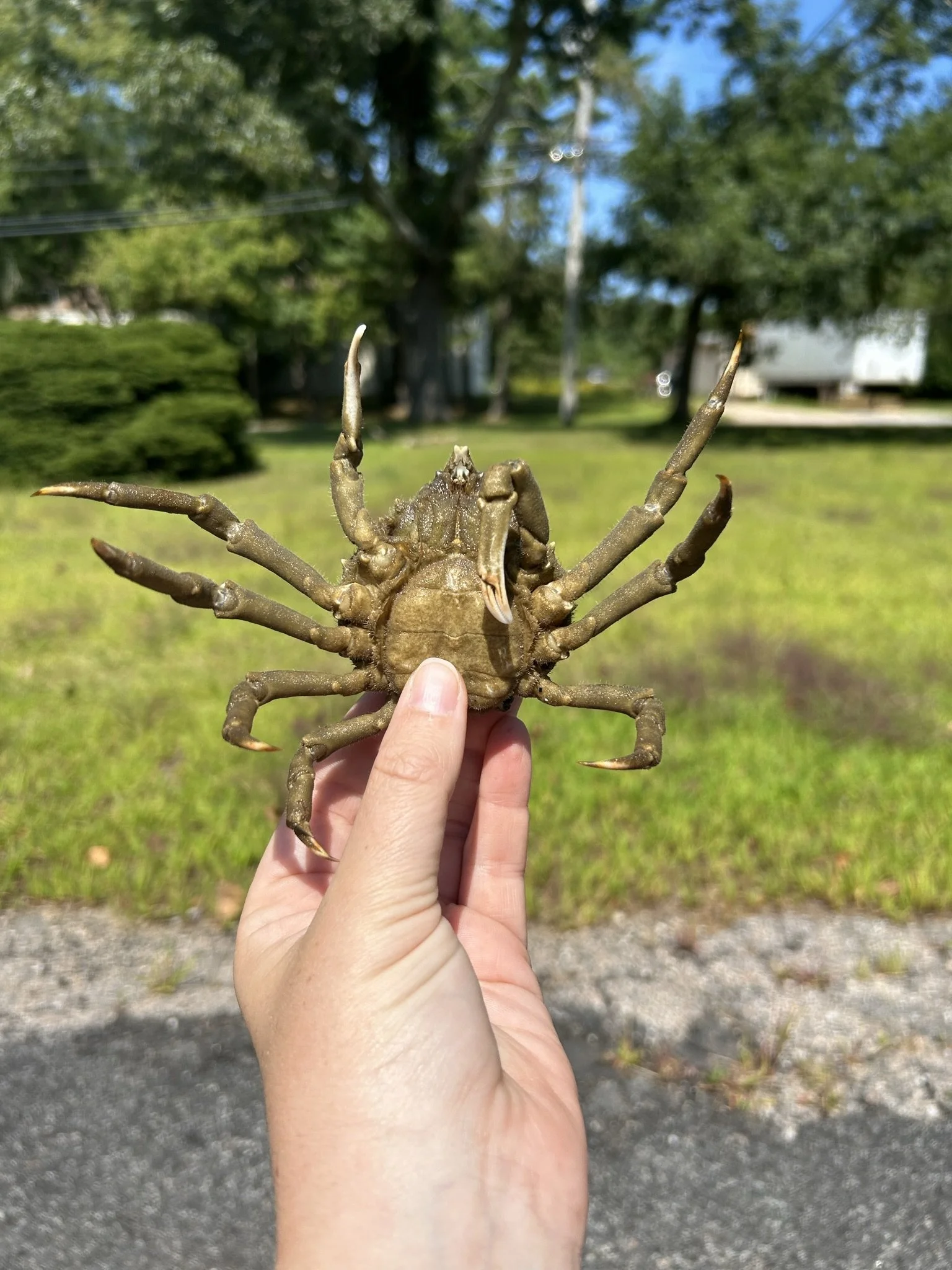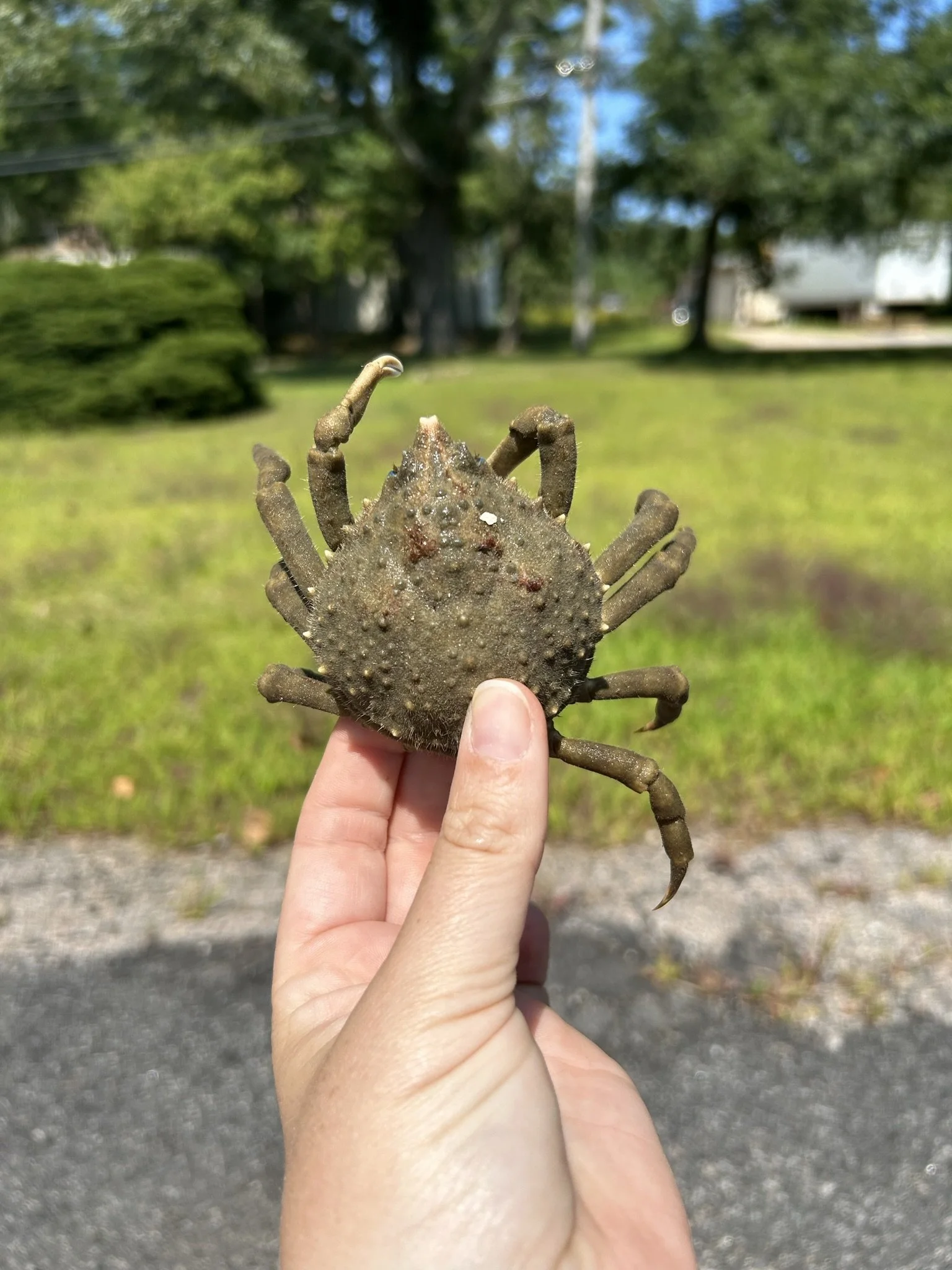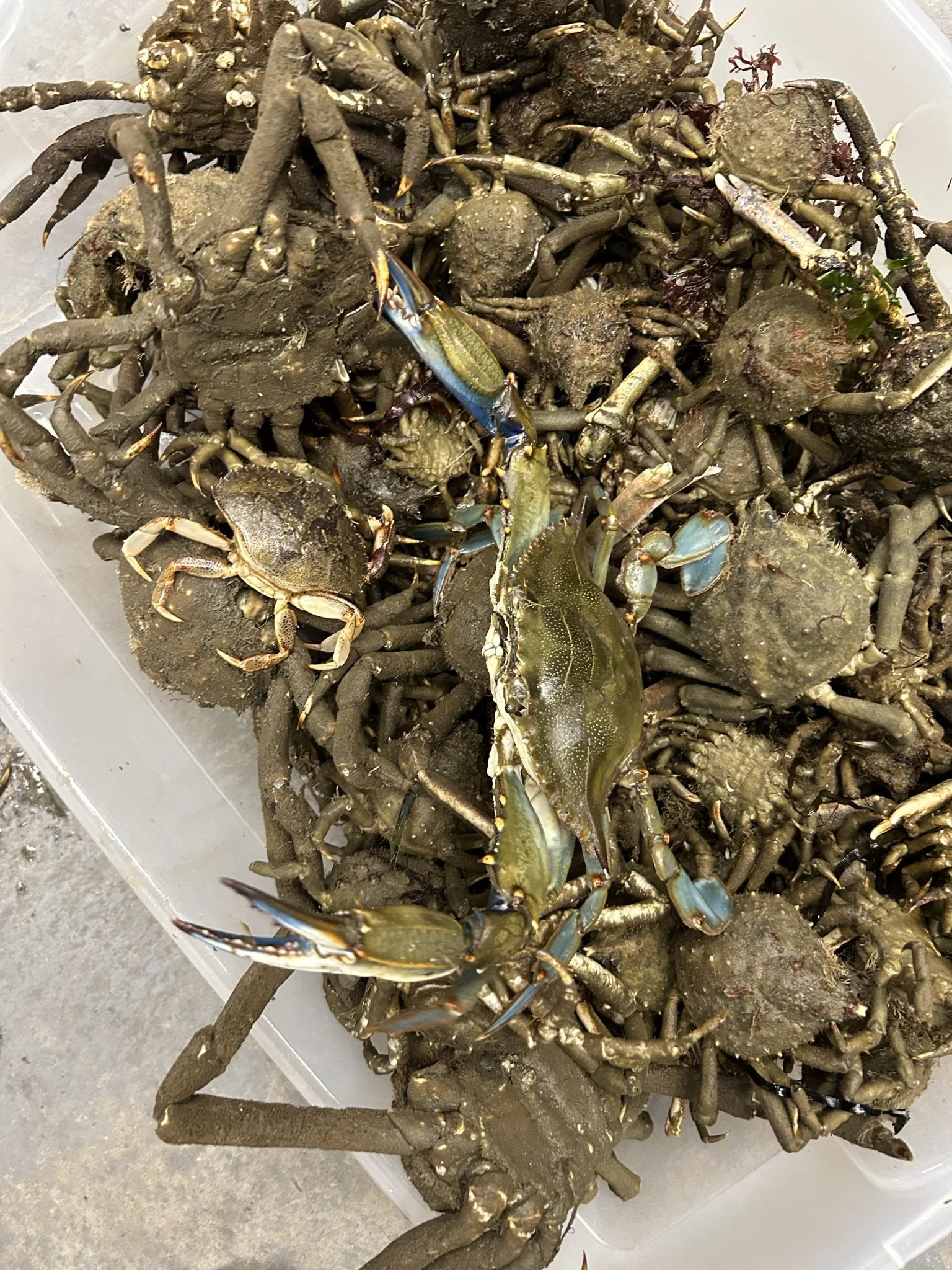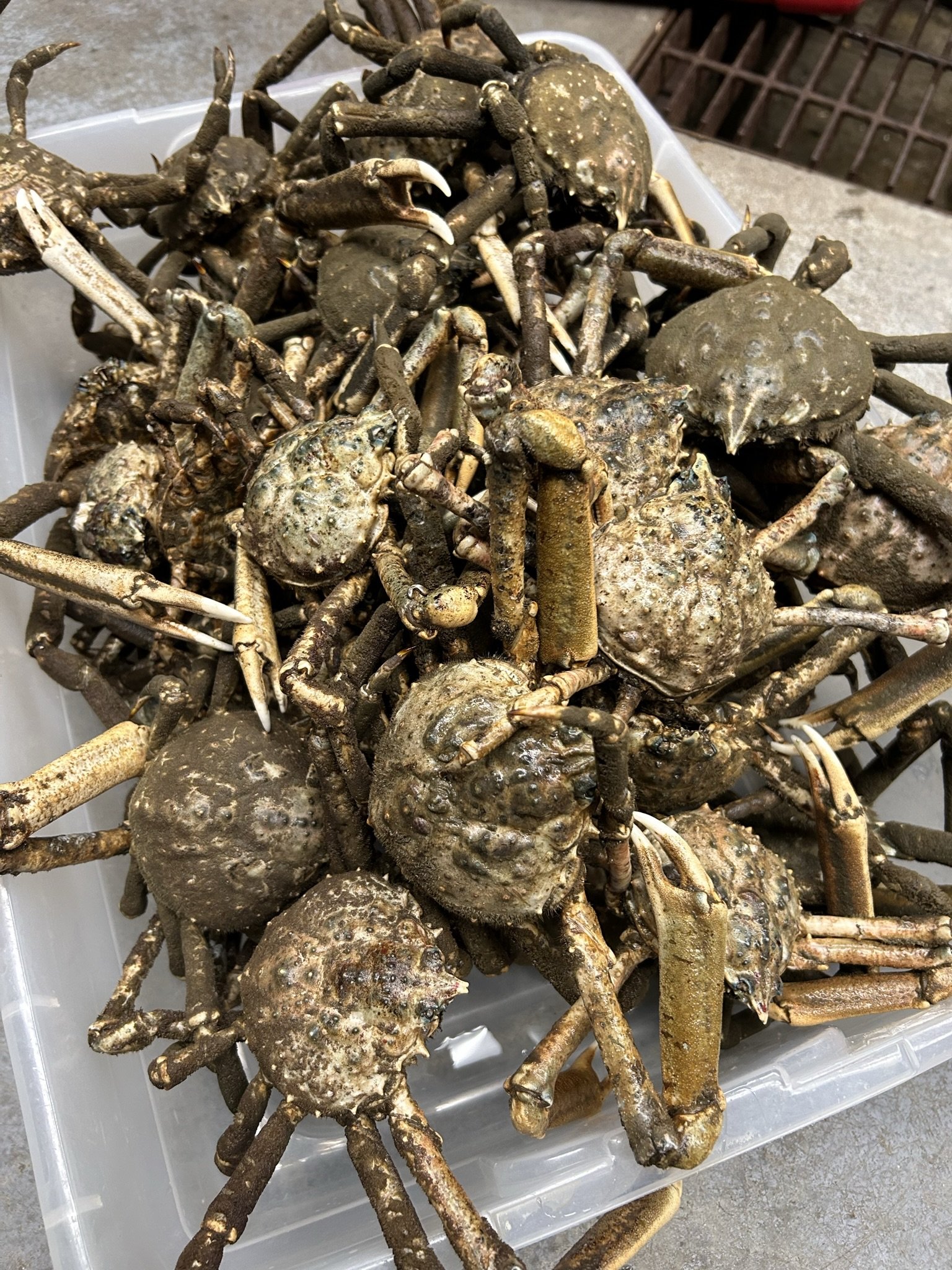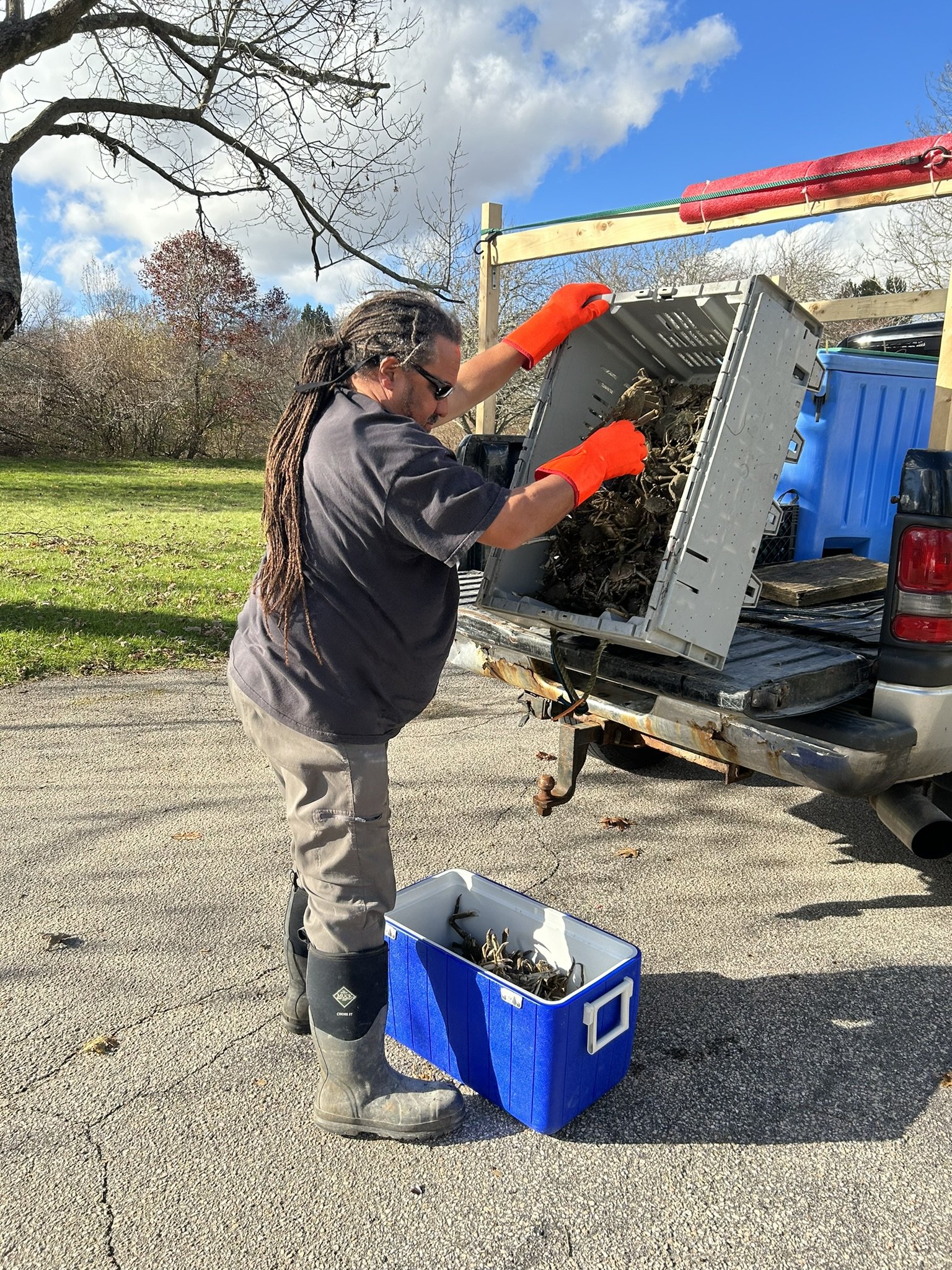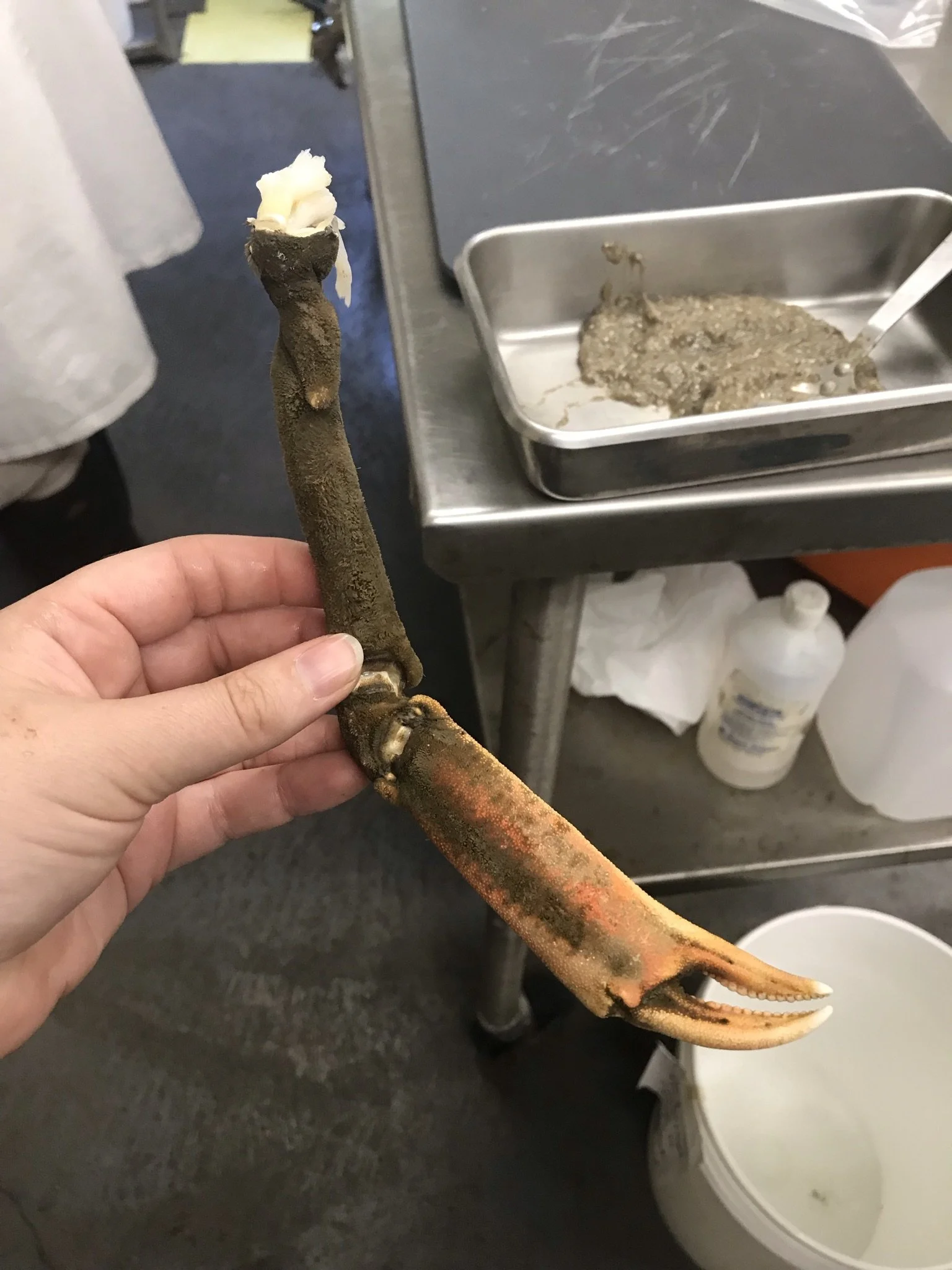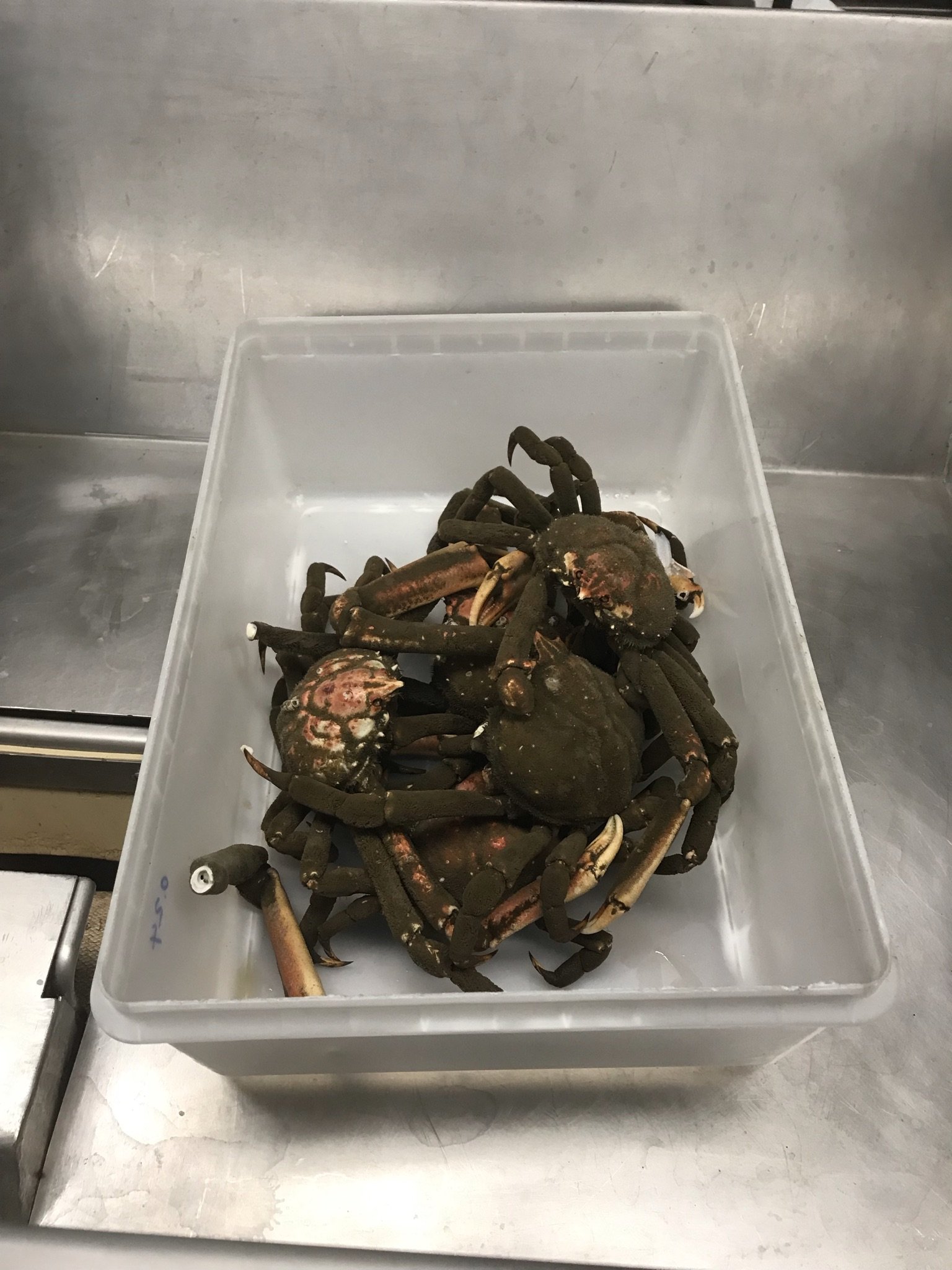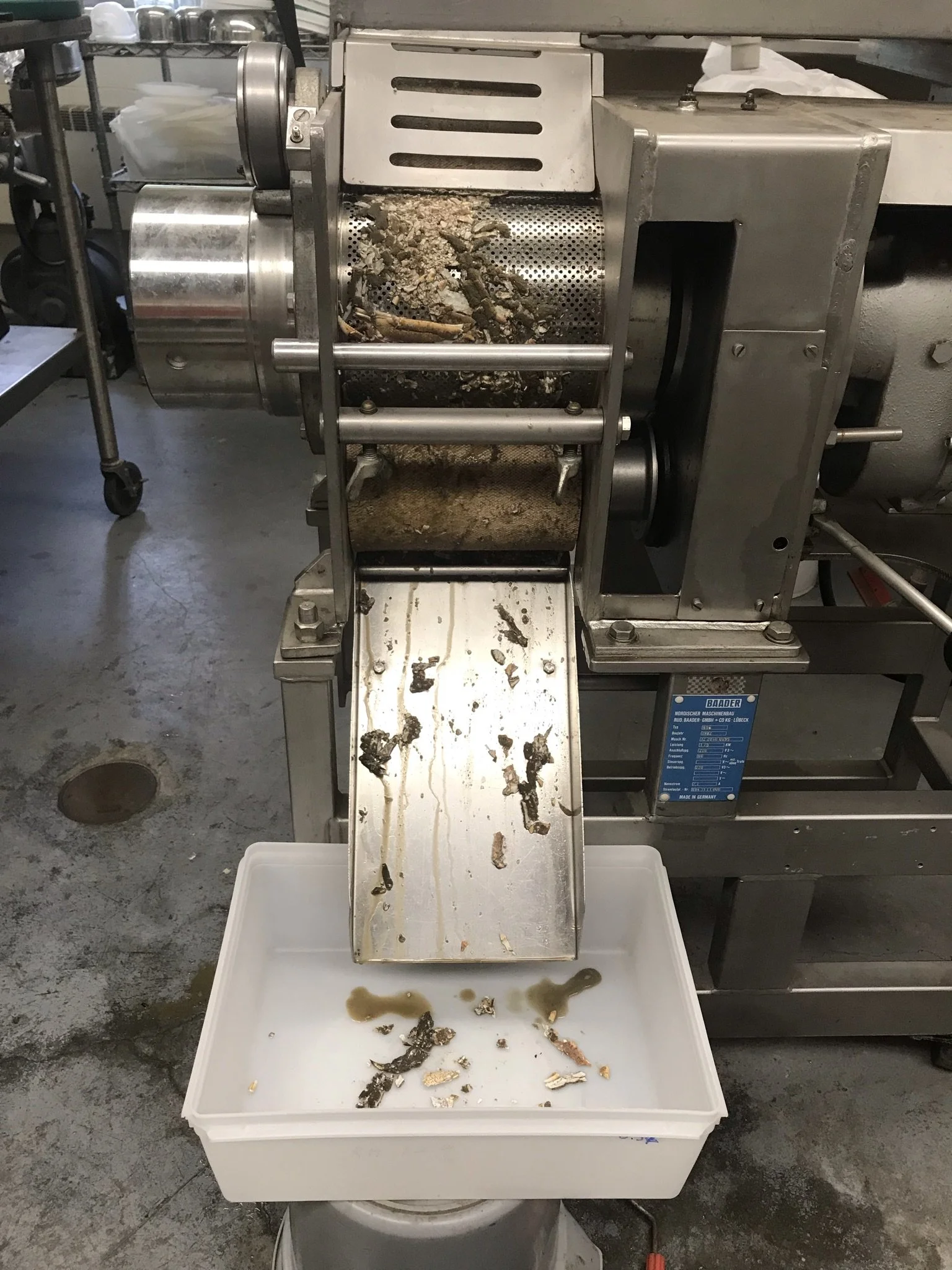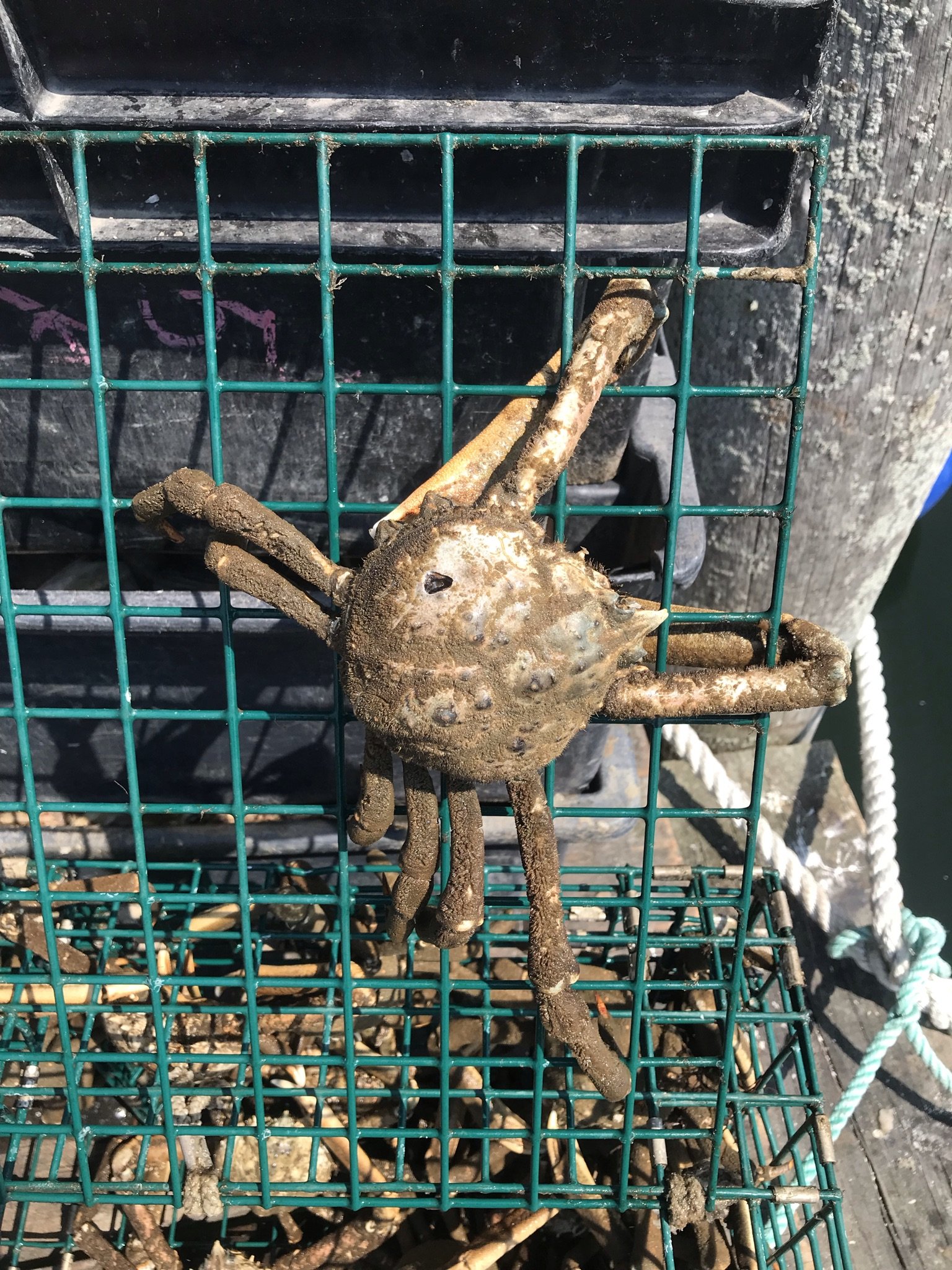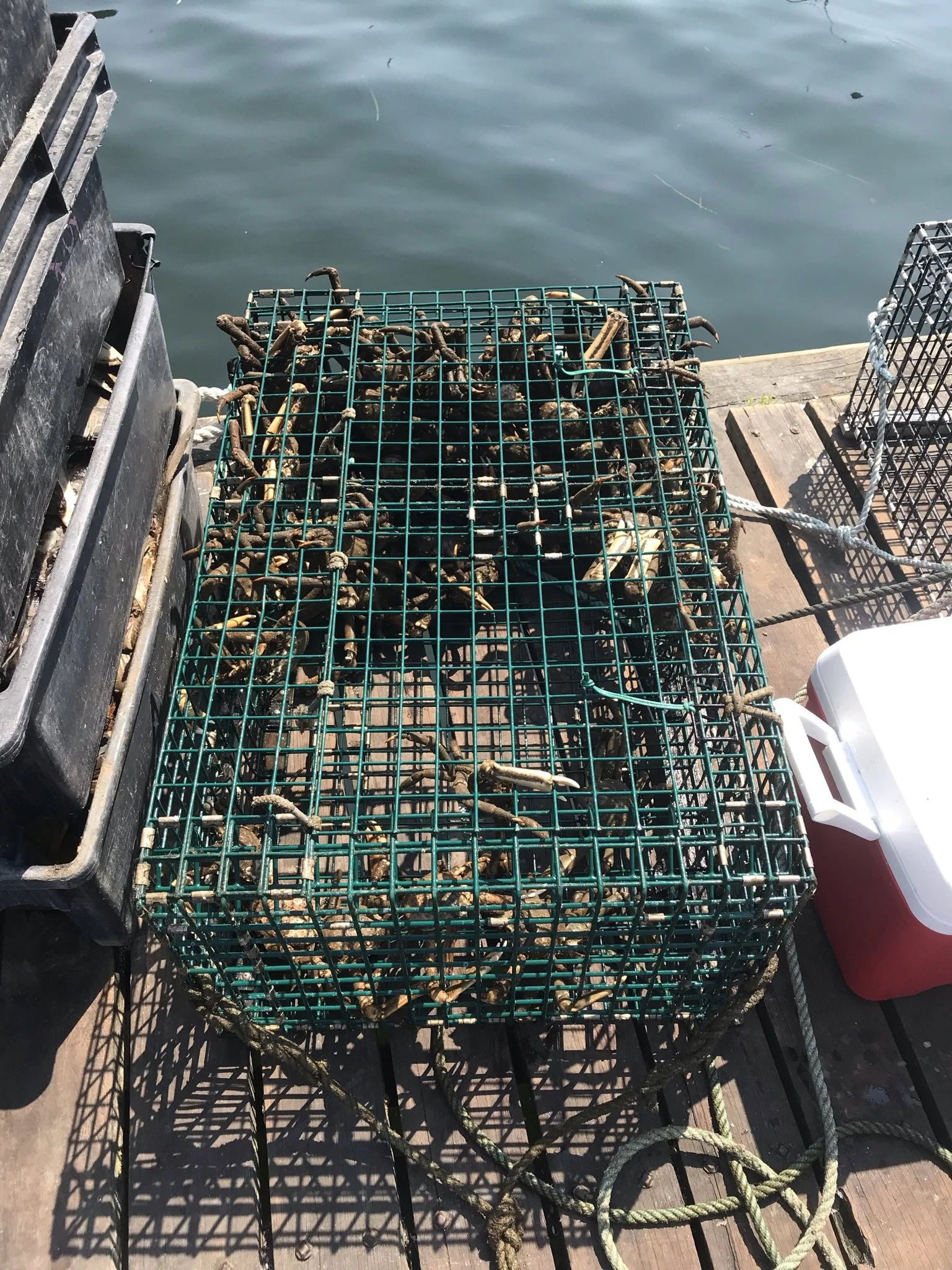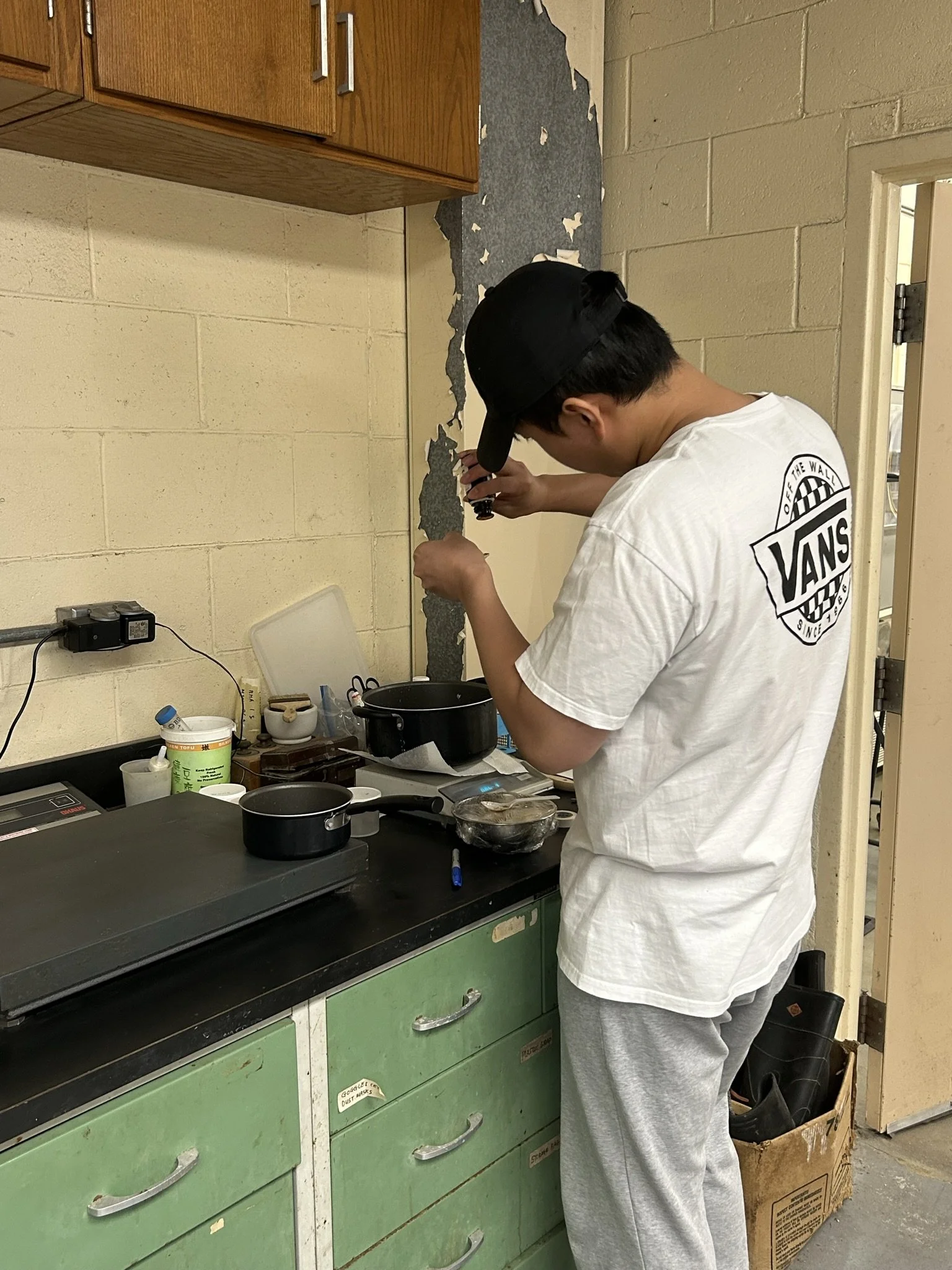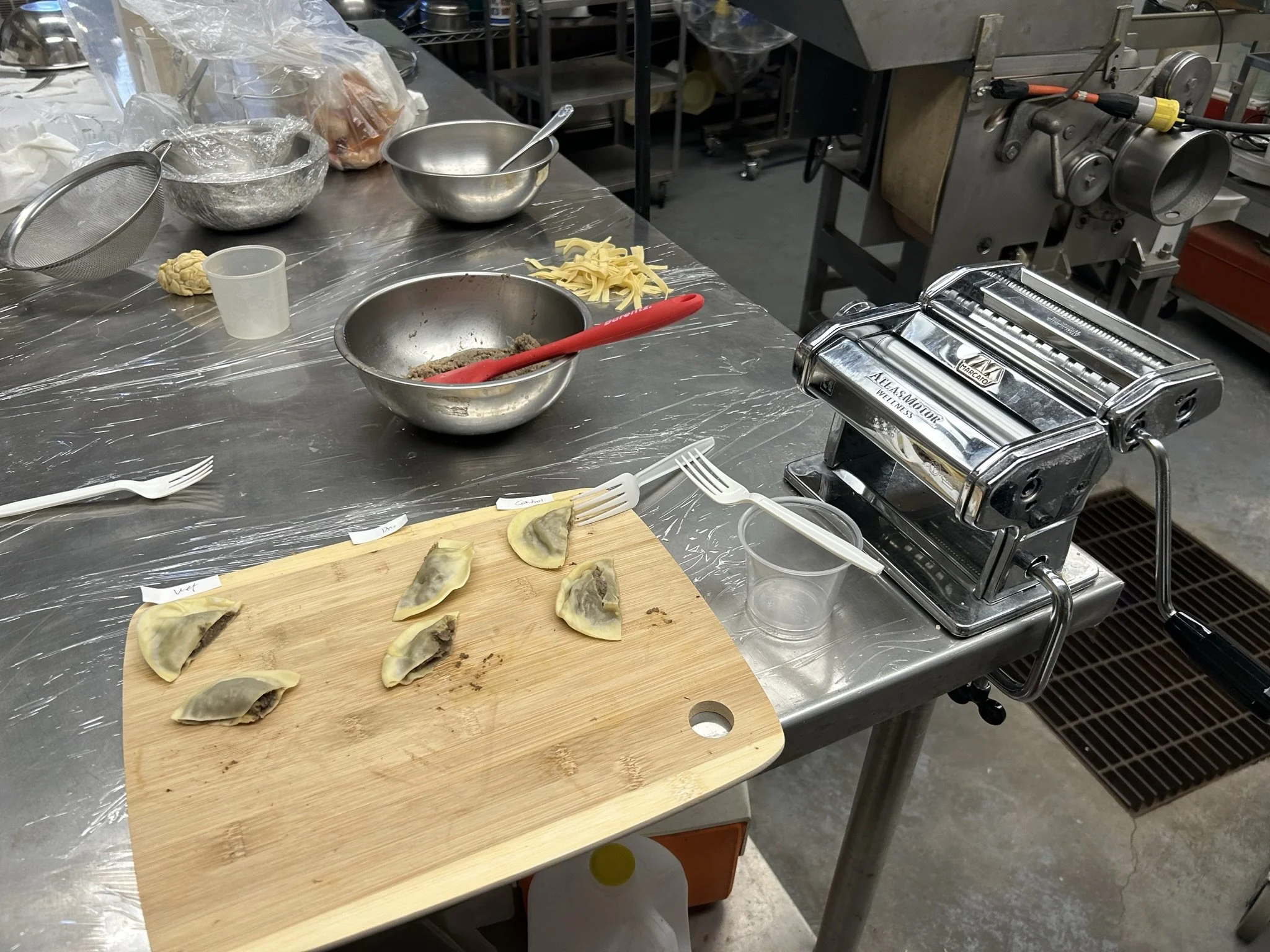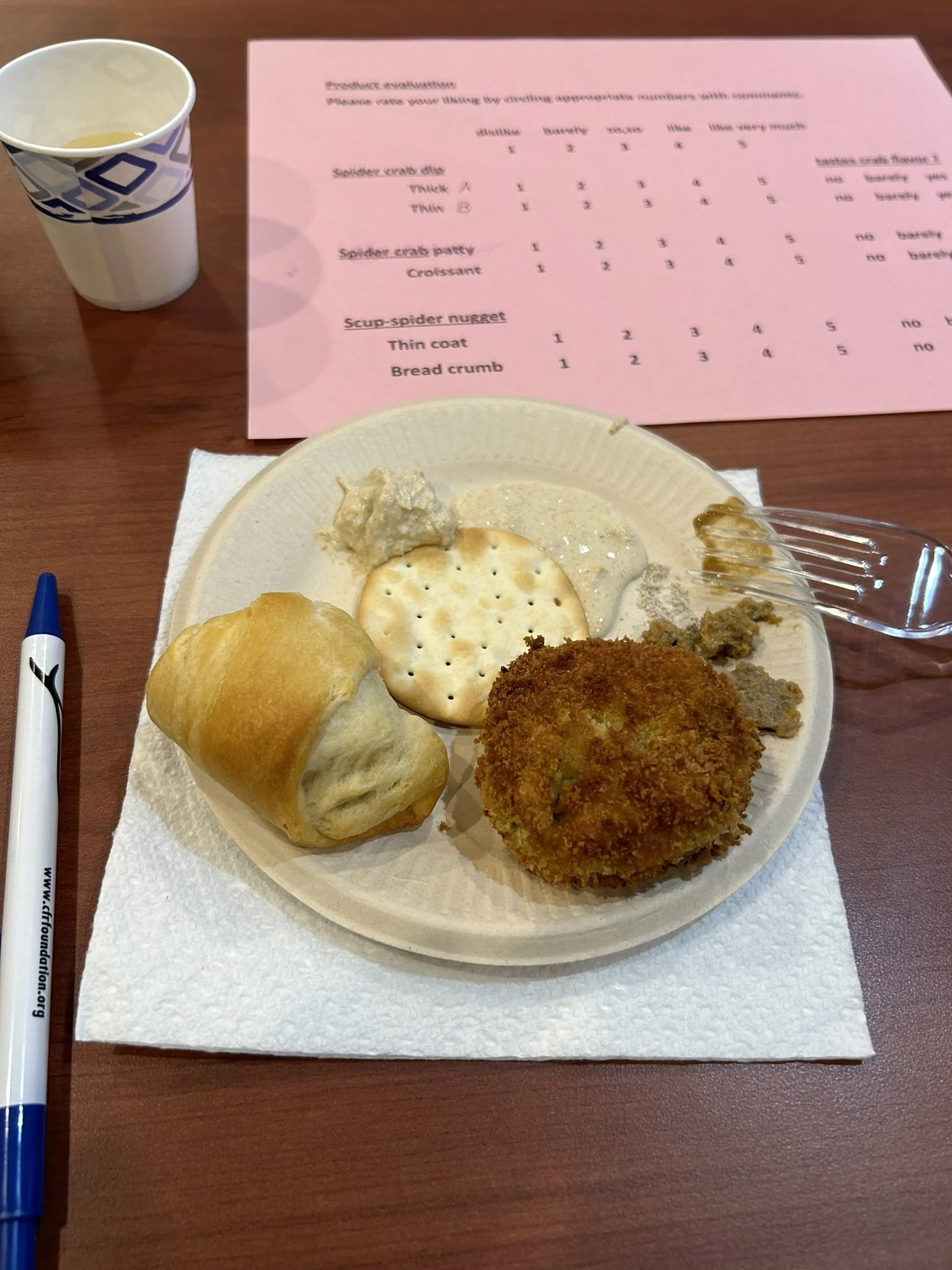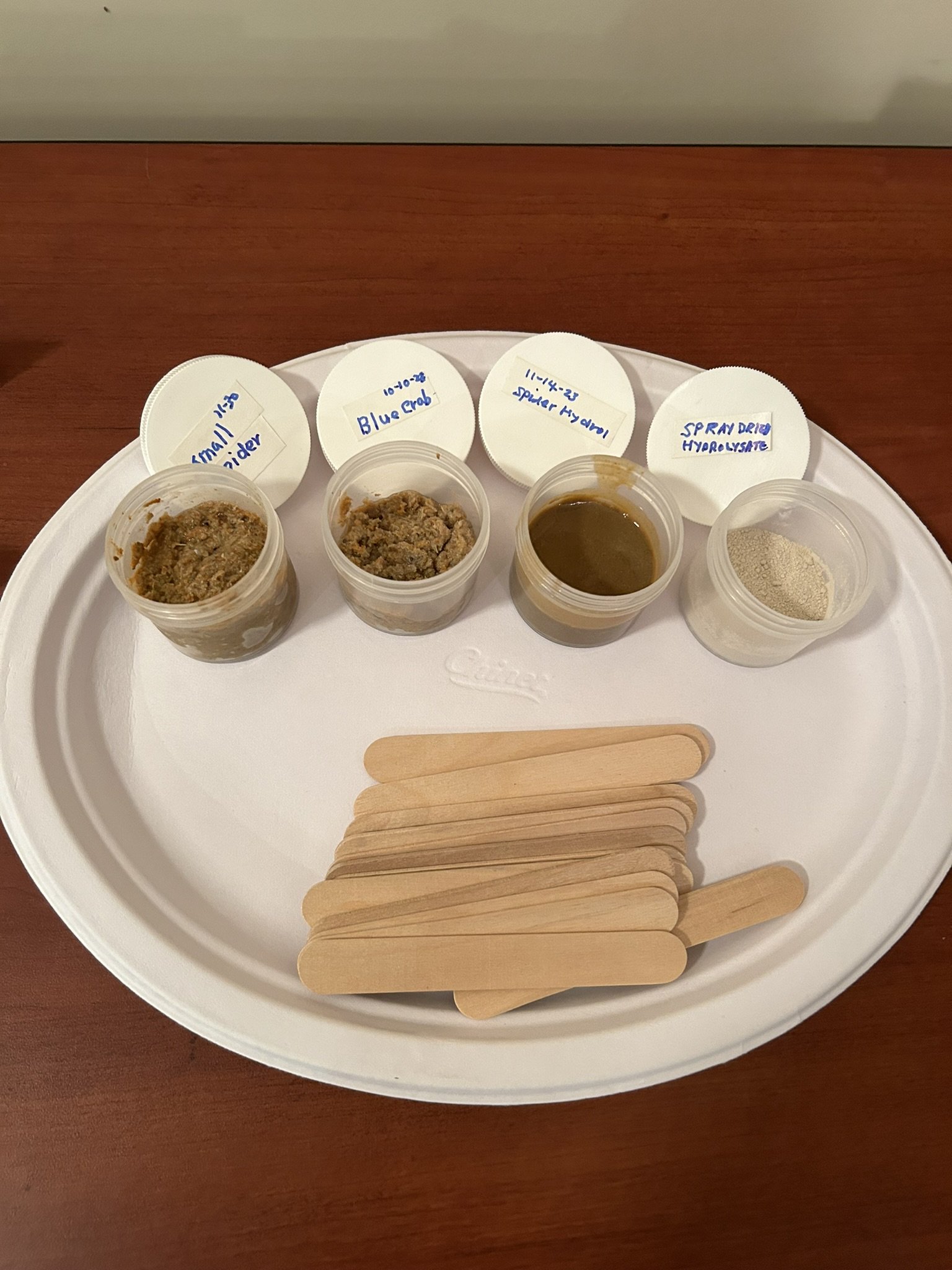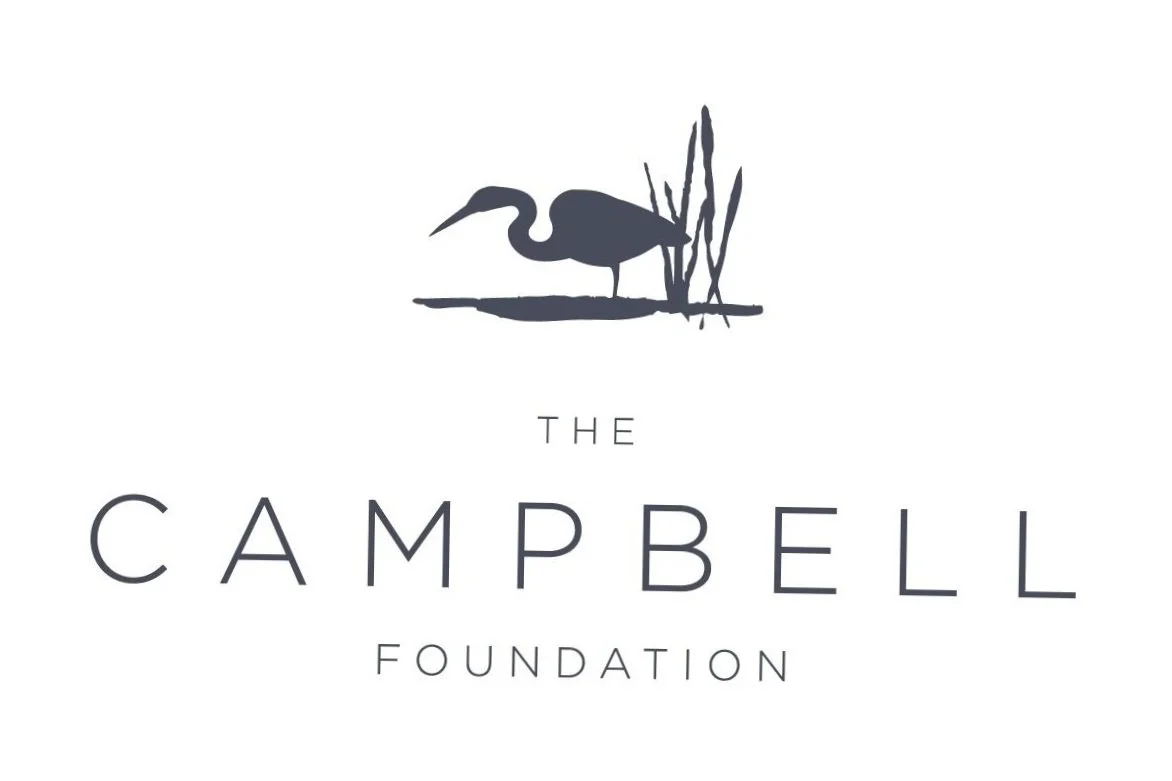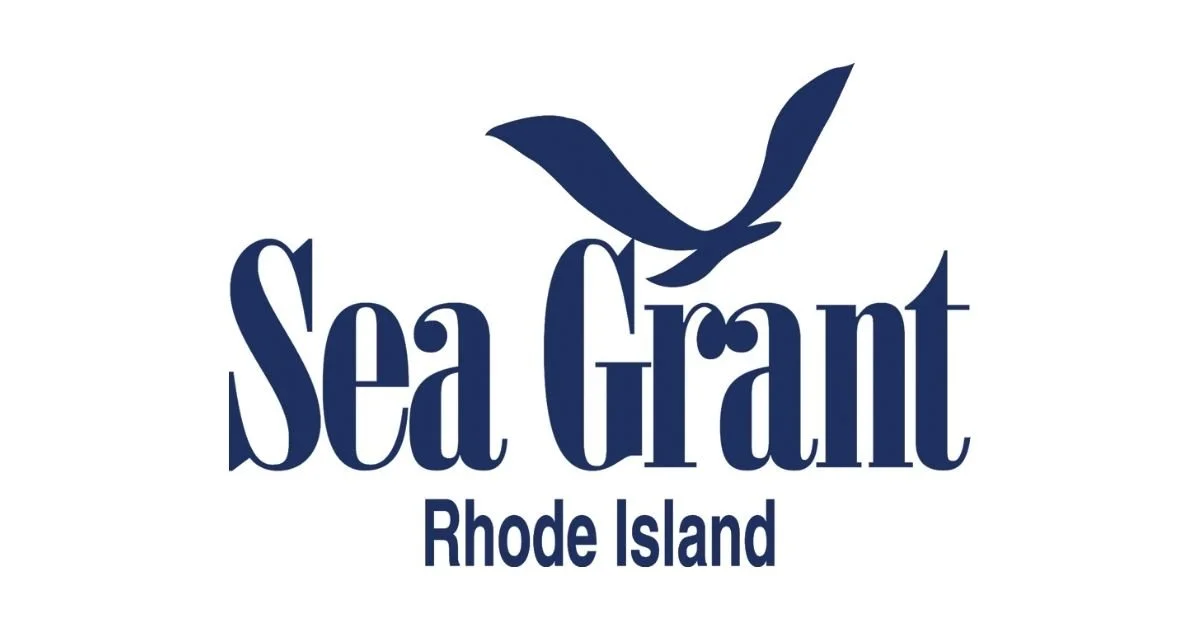Exploring the Feasibility and Market Potential of a Common Spider Crab Fishery in Southern New England
general description:
Common spider crabs (Libinia spp.) are found along the Atlantic coast of North America. There is no current market for them in the United States. These crabs frustrate U.S. commercial pot and trap fishermen. The crabs consume bait and fill traps intended for valuable, targeted species like American lobster and black sea bass, and they increase trap processing time. In 2020, the seafood industry was heavily impacted by COVID-19 with the closure of businesses, government stay-at-home orders, and international market disruptions. With these closures, retail sales of fresh and frozen seafood spiked with more people cooking at home and many interested in healthier proteins, including crustaceans. Thus, it would be timely to invest in the exploration of a potential new crab fishery which could help diversify commercial fishers’ portfolios, decrease pressure on other crustacean fisheries, and decrease the amount of crab products being imported into the United States.
Project goals:
Collect fishermen’s knowledge on spider crab bycatch and perceptions for volume harvest in Southern New England
Conduct spider crab processing trials
Create a data assessment report to summarize currently available information on spider crabs
project team:
Commercial Fisheries Research Foundation
Noelle Olsen - Project Lead
Luca McGinnis
N. David Bethoney
University of Rhode Island
Chong Lee
Data collection strategies:
Fishermen’s knowledge of bycaught spider crabs will be captured through semi-structured, individual interviews. Interview questions will cover fishermen’s knowledge about the relative catch rates and seasonality of bycaught spider crabs, and how this may be changing over time. Interviews will also explore the fishermen’s perception of the practicality and feasibility of creating a fishery for spider crabs, including having the capacity to increase their catches of spider crabs to support commercial processing.
Data requests will be submitted to state and federal fishery management agencies to summarize fishery-dependent and fishery-independent data sources on spider crab catch.
A literature review will be conducted to gather biological and ecological information on spider crab life history stages.
